Lions aren’t just kings—they’re killers, caretakers, and sometimes, victims.
They roar loud enough to shake your ribcage. They steal kills from hyenas. They nap like oversized housecats—until it’s time to attack.
But not everything about lions fits the Hollywood script.
They don’t always lead the pride.
They aren’t always brave.
And some truths? They’ll stick with you long after the safari ends.
These aren’t just facts. They’re the raw, wild, spine-prickling realities of Africa’s most iconic predator.
So if you think you know lions—
Think again.
The Social Monarchs
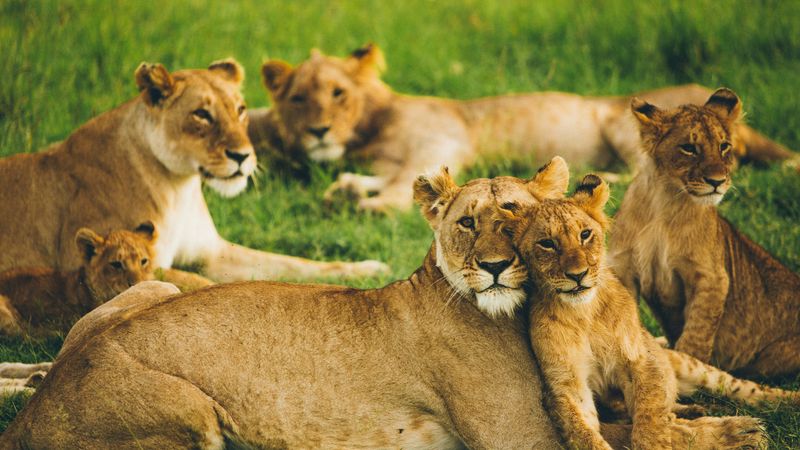
Lions are unique for their social nature, living in prides of up to 40 members. These prides consist of related females, their offspring, and a small group of males. Unlike solitary big cats, lions rely on teamwork.
Their cooperative behavior extends to hunting, where female lions synchronize to take down prey. This communal life fosters a deep sense of loyalty among pride members.
Interestingly, male lions stay with the pride for several years until they reach maturity, at which point they often challenge other males for pride dominance.
Roar that Echoes
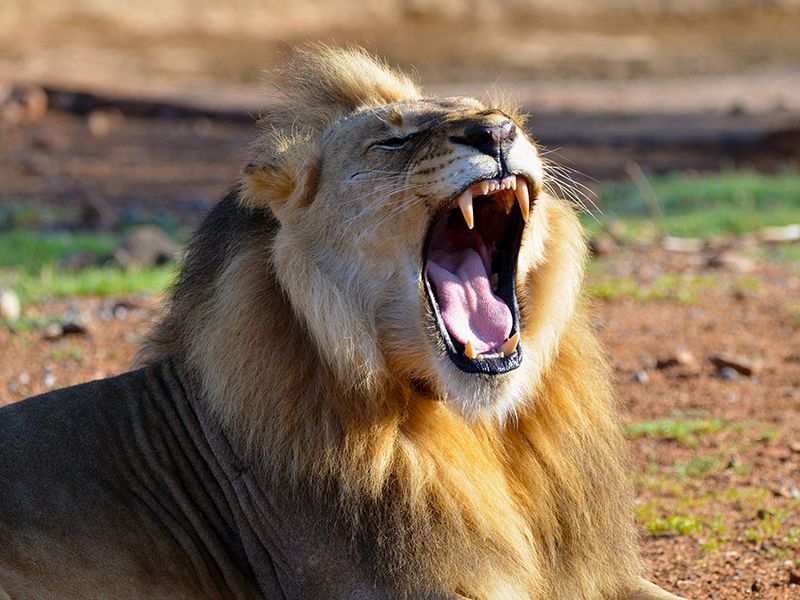
The lion’s roar is one of nature’s most powerful sounds, audible up to five miles away. This mighty roar serves multiple purposes, including marking territory and communicating with pride members.
The deep, resonant sound is produced thanks to the lion’s unique voice box structure, which is adapted for producing loud, low-frequency sounds.
With each roar, a lion asserts its presence, warning rivals and uniting its pride, underscoring the lion’s role as a formidable force in the wild.
The Lazy Kings
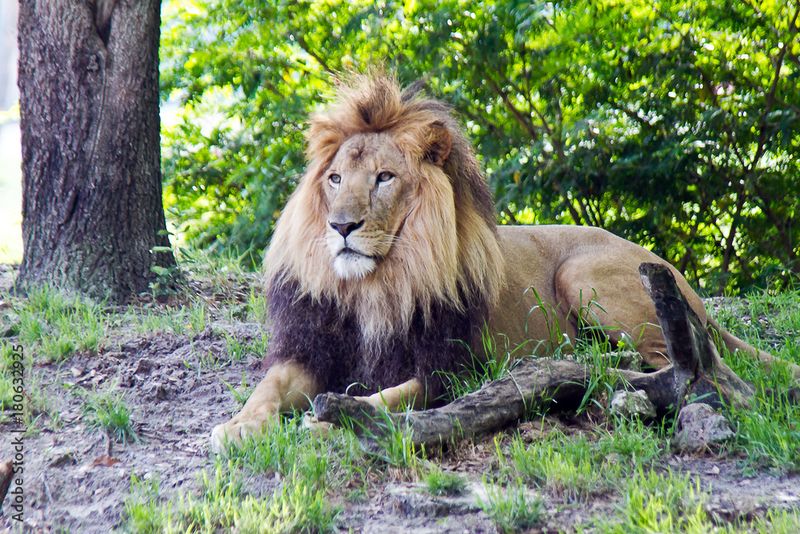
Contrary to their fierce reputation, lions spend approximately 20 hours a day resting. Their inactive lifestyle conserves energy for hunting and maintaining their territory.
During the cooler hours of dawn and dusk, lions become more active, engaging in social activities and hunting. This lazy demeanor might be surprising for such apex predators.
However, their laid-back lifestyle is an adaptation to the harsh savanna environment, allowing them to thrive as both protectors and hunters.
Nighttime Predators
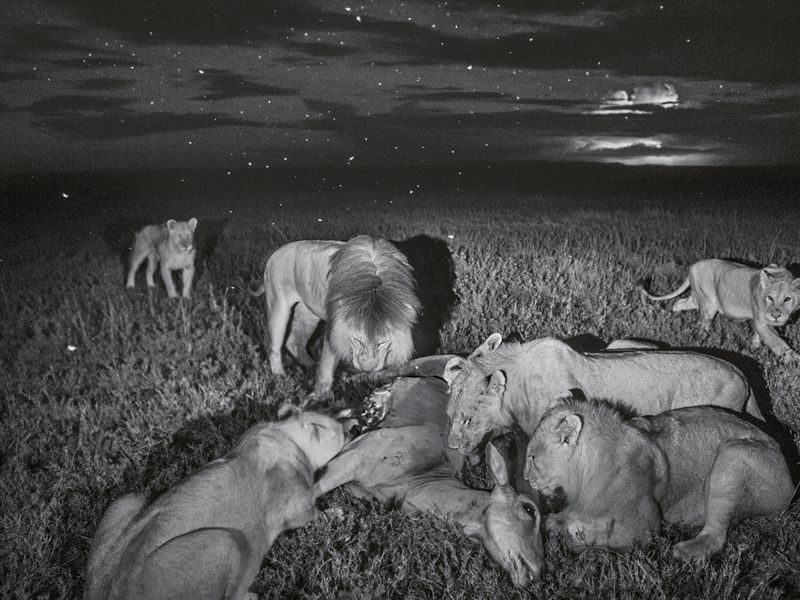
Lions predominantly hunt at night, taking advantage of their excellent night vision. This nocturnal prowess gives them an edge over their prey, which often has poorer night eyesight.
Hunting in darkness allows lions to use stealth and surprise, decreasing the chances of prey escape. Their sensitive whiskers help navigate the dark environment.
Mastering the night gives lions a significant advantage, making them one of the most successful predators on the savanna.
Cub Vulnerability
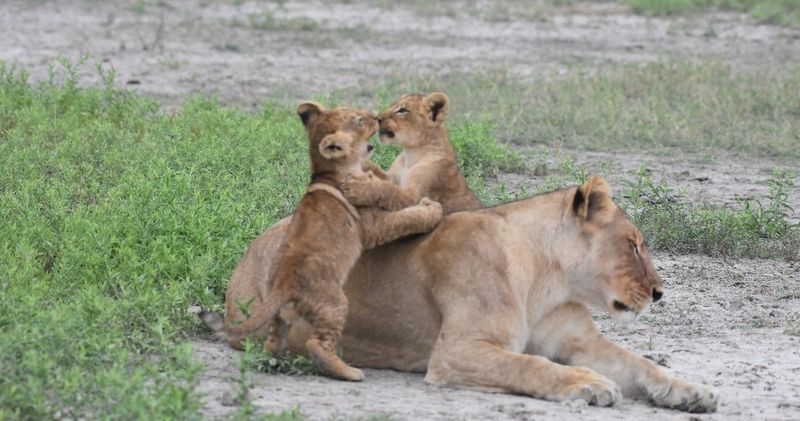
Lion cubs are born blind and vulnerable, relying entirely on their mother for protection. Their early weeks are critical as they face threats not just from predators but also from male lions.
New dominant males often kill cubs sired by their predecessors to ensure their own offspring’s survival. This brutal act is a part of the harsh reality of lion life.
Despite these challenges, cubs grow rapidly, learning essential survival skills through play, under the careful watch of their pride.
Haunting Decline
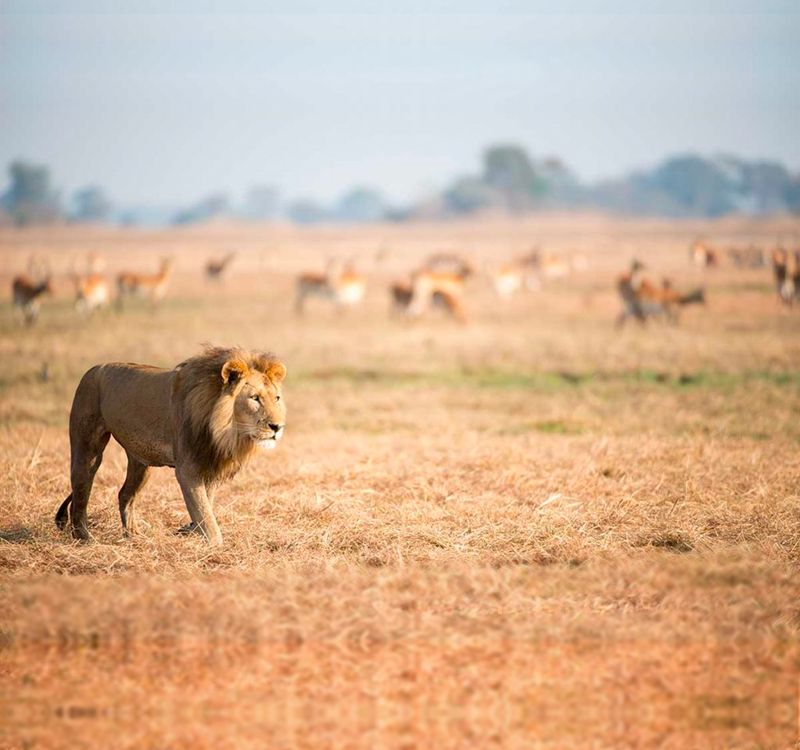
Lion populations are dwindling, with only about 20,000 left in the wild. Habitat loss, human-wildlife conflict, and poaching are major threats to their survival.
The haunting image of a struggling lion reflects the broader crisis facing wildlife in Africa. Conservation efforts are crucial to prevent their extinction.
This stark reality is a reminder of our responsibility to protect these magnificent creatures and their environment for future generations.
Regal Manes
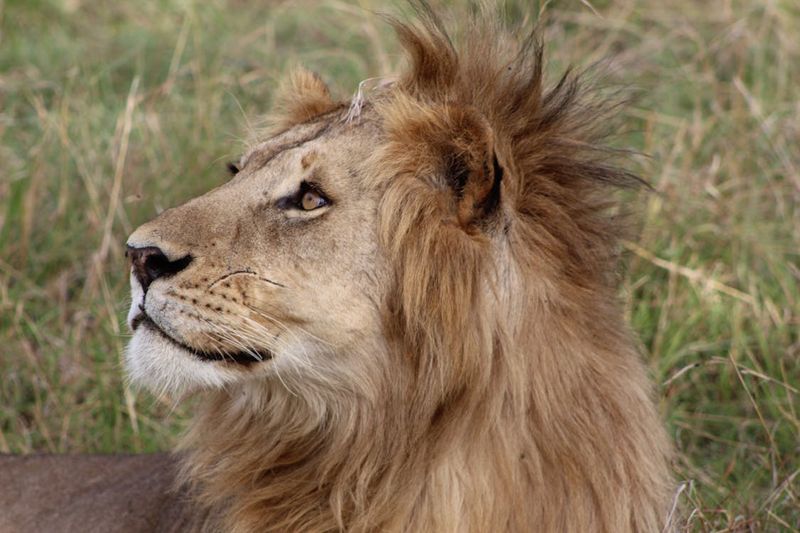
The lion’s mane is not just for show—it serves several evolutionary functions. A thick, dark mane signals strength and virility to potential mates and rivals.
Research shows that lions with impressive manes are more likely to attract females and deter other males. The mane also offers protection during fights.
This regal feature sets lions apart, reinforcing their image as kings of the animal kingdom and playing a crucial role in their social dynamics.
Symbol of Strength
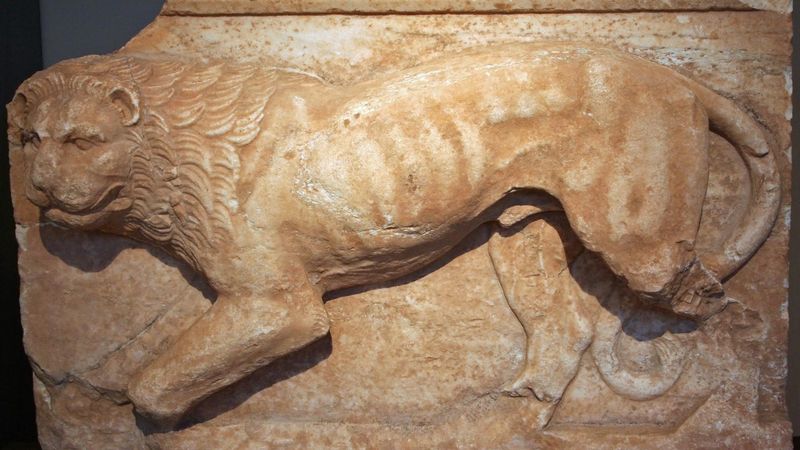
Lions have been revered throughout history, symbolizing strength and courage in cultures worldwide. From ancient Egyptian deities to Roman emblems, their majestic aura captivates.
In mythology, they often represent power, bravery, and royal authority, reflecting their status as apex predators. These symbols endure today as we continue to be fascinated by their grace and power.
The lion’s image transcends time, embodying the qualities we admire and aspire to, making them an enduring symbol in human culture.
Intricate Social Bonds
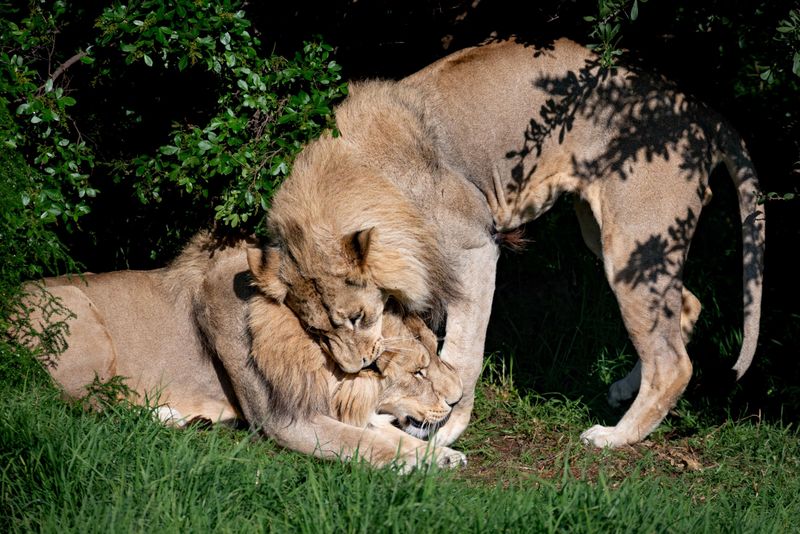
Lions form intricate social bonds, particularly among females within a pride. Grooming and vocalizations strengthen these connections, vital for cooperative hunting and nurturing young.
Such bonds ensure the pride’s stability and success, with lionesses collectively caring for cubs and defending territory.
This complex social structure highlights the importance of unity and cooperation, underscoring the lion’s reputation as a social creature rather than a solitary predator.
Spotted Past
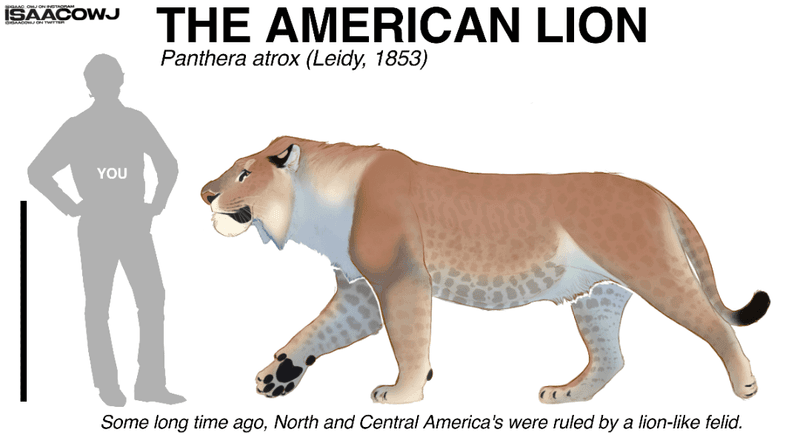
Did you know lions once had spots? Fossil evidence suggests that early lions bore spots similar to leopards, an adaptation for camouflage.
As their habitats changed, lions evolved into the tawny giants we know today. This evolutionary journey is a testament to their adaptability in diverse environments.
The transformation from spotted ancestors to today’s majestic beasts is a fascinating chapter in their natural history, revealing the resilience and adaptability of lions.
Haunting Human Conflict
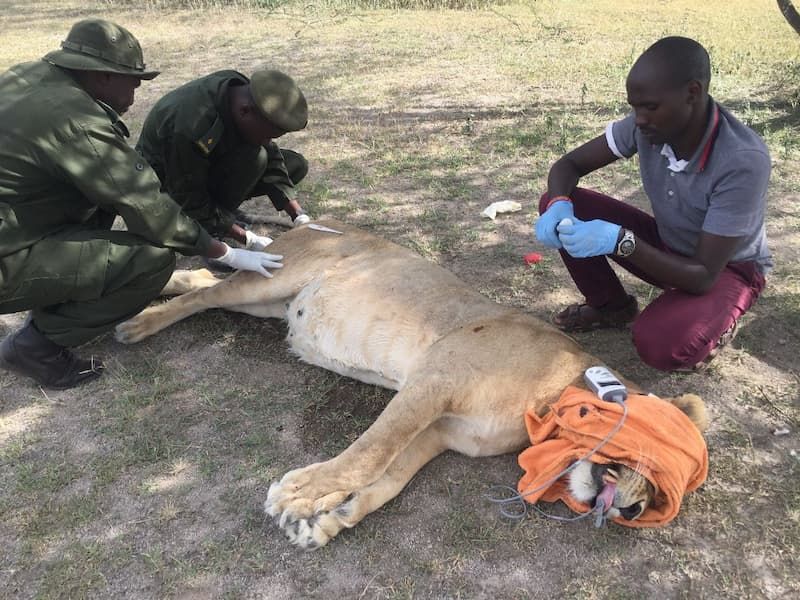
Human-lion conflict is a haunting issue, as expanding human populations encroach on lion habitats. Livestock predation leads to retaliatory killings, fueling a vicious cycle.
Efforts to mitigate these conflicts include community-based conservation and compensation schemes, aiming to find a balance between human needs and wildlife preservation.
The struggle for coexistence is ongoing, and finding solutions is crucial to ensure the survival of lions and the communities that share their lands.
Adaptable Diet

Lions are opportunistic hunters, with a diet ranging from large ungulates like buffalo to smaller game when necessary. This adaptability is key to their survival.
They prefer hunting in groups, which increases their success rate, especially with larger prey. Their diet reflects the abundance and diversity of their environment.
Understanding their dietary habits reveals the lion’s role as a keystone species, maintaining ecological balance in their habitats.
The Haunting Roar of Extinction
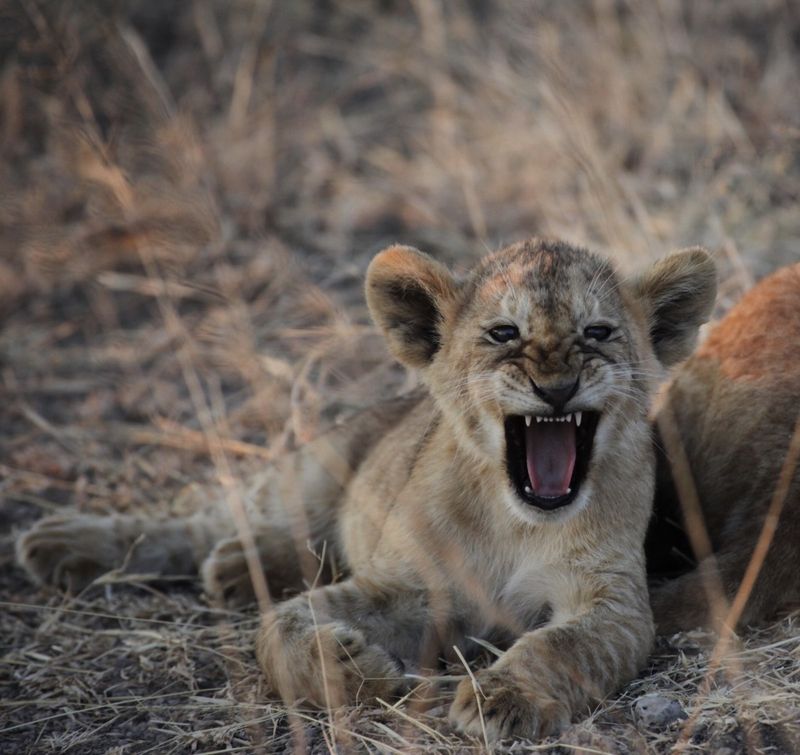
The threat of extinction looms over lions, as they face numerous challenges that could silence their iconic roar. Poaching, habitat destruction, and climate change are relentless foes.
Despite conservation efforts, the risk of losing these majestic creatures remains high. This haunting scenario urges action to preserve their legacy.
The potential silence of their roars would signify not only a loss of biodiversity but also a failure to protect an iconic species that embodies the wild spirit.

